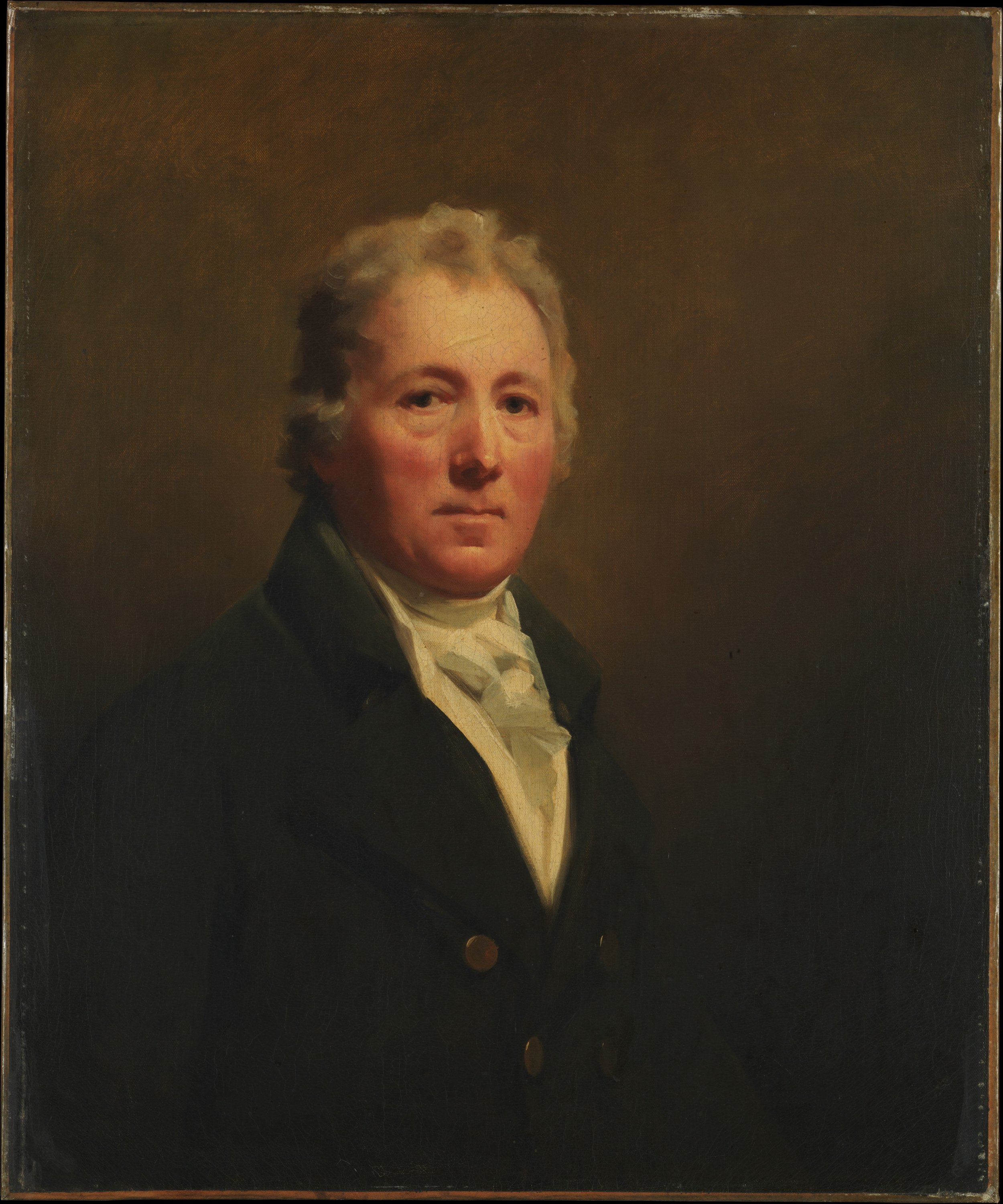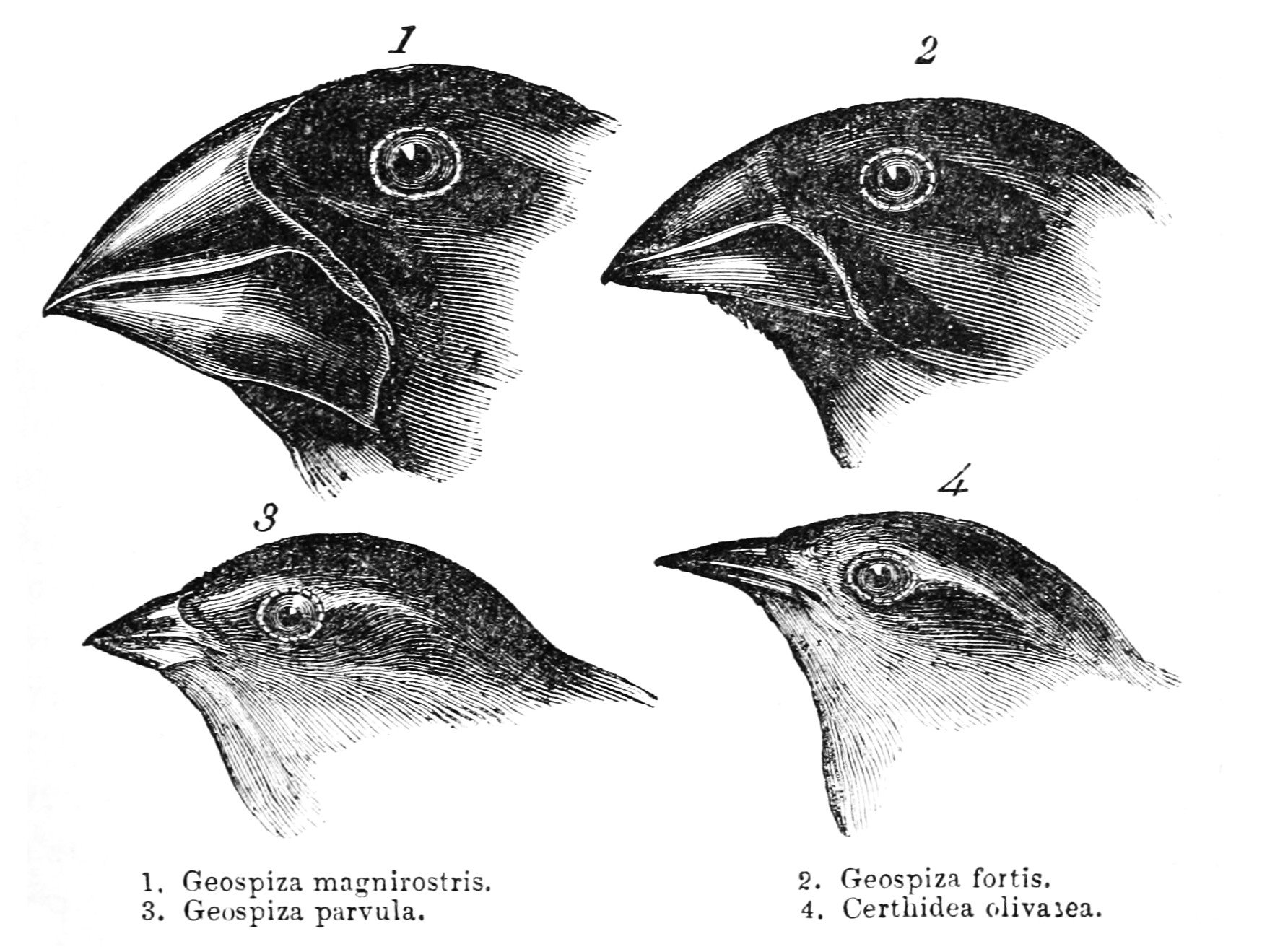The Forsythia
The history of Forsythia, their role in predicting pernicious pandemic remedies, and how they were once thought to make mammal sugar.
Forsythia suspensa, April 8th
“Alan Krumwiede: There are therapies we know are effective, right now, like Forsythia, and they don’t even appear on the CDC website.”
One of the more arrestingly bizarre human behaviors unearthed by 2020’s coronavirus pandemic was the occasional tendency to abandon medical rigor in favor of spurious alternatives. For a time, it seemed every week brought promotion of a new and often insidious antidote: bleach, hydrogen peroxide, betel leaves, cocaine, Vodka, colloidal silver, etc. Even stranger was how indelibly Steven Soderbergh’s Contagion predicted this behavior. Released nine years prior to the Covid outbreak, the story follows a highly virulent airborne flu-like virus as it disseminates throughout the US. In the midst of ensuing chaos, conspiracy theorist Alan Krumwiede (played by Jude Law) fakes infection to promote his homemade remedy. Demand for his powdered panacea skyrockets as the desperate populace overwhelms pharmacies. The cure-all he peddles, humble and benign, is crushed forsythia powder.
Add for Contagion, 2011
Forsythia is a genus of flowering plants in the olive family (Oleaceae). They are deciduous shrubs, named for William Forsyth (1737-1804), a Scottish botanist, royal head gardener, and founding member of the Royal Horticultural Society. He is credited with being the first person in Britain to deliberately create a rock garden.
William Forsyth (1749–1814) – painting by Sir Henry Raeburn, c. 1800
There are about 11 species, mostly native to eastern Asia, but one native to southeastern Europe (Forsythia europaea, Yugoslavia). Forsythia suspensa, the first to turn western heads, was encountered in a Japanese garden by botanist-surgeon Carl Peter Thunberg, who (you may recall) confused the flowering quince for a type of pear. He misidentified the forsythia as well, including it wrongly as a lilac in his Flora Japonica, 1784. Botany was, at the time, a confusing place.
Darwin's finches or Galapagos finches. Darwin, 1845. Journal of researches into the natural history and geology of the countries visited during the voyage of H.M.S. Beagle round the world, under the Command of Capt. Fitz Roy, R.N. 2d edition.
Forsythia was once curiously thought to produce lactose. In his 1989 article Is Lactose Really Present in Plants?, Takahiro Toba wrote, “The presence of lactose in Forsythia, Aches zapota, and Zizyphus jujube has been reported previously. There have been several reports… which are often cited in textbooks of chemistry, dairy chemistry, and plant physiology.” Using a number of incredibly sciency sounding laboratory investigations, including gas-liquid, high performance liquid, and paper chromatography his team concluded that: “lactose was not detected.” This comes as no particular surprise. Like Darwin’s finches in the Galapagos, lactose is exclusive to one place in the world, mammary glands. The only remaining mystery is why anyone thought it would be found in a flowering shrub in the first place.
Alan Krumwiede: My temperature is a hundred and one, higher than it was earlier. My head hurts. My throat feels like it’s closing.
[opens a bottle of the medicine]
Alan Krumwiede: This is Forsythia. I’ve been taking it since the onset of the symptoms.
[he drops some of the medicine into a glass of water and drinks it]
Alan Krumwiede: If I’m here tomorrow, you’ll know it works. Truth Serum Now, I’m Alan Krumwiede.
Alan Krumwiede: There are therapies we know are effective, right now, like Forsythia, and they don’t even appear on the CDC website.
Dr. Sanjay Gupta: On your blog you also wrote that the World Health Organization has somehow in bed with pharmaceutical companies.
Alan Krumwiede: Because they are. That’s who stands to gain from this. They’re working hand in glove. And the hand is reaching into our pockets.
Dr. Ellis Cheever: The CDC is exploring Forsythia and other homeopathic treatments. But right now, there’s no science to back any of these claims.
Dennis French: Forsythia is a lie. It’s a lie and you made four and a half million dollars for telling it. You want to blog about that?
Taken from Contagion, 2011
Knowledge Sources
https://en.wikipedia.org/wiki/Fritillaria
https://theheartthrills.com/tag/fritillaries/
https://www.fs.usda.gov/wildflowers/pollinators/pollinator-of-the-month/fritillary.shtml
https://en.wiktionary.org/wiki/fritillus#Latin
https://www.abaa.org/blog/post/shakespeares-face
https://jvwoodlands.org/the-fritillaria-story/
https://gutenberg.ca/ebooks/sackvillewestv-theland/sackvillewestv-theland-00-h.html
https://www.folger.edu/explore/shakespeares-works/venus-and-adonis/
https://www.missouribotanicalgarden.org/PlantFinder/PlantFinderDetails.aspx?taxonid=281768
https://www.poetryfoundation.org/poems/56962/venus-and-adonis-56d239f8f109c
Image Sources
https://commons.wikimedia.org/wiki/File:William_Forsyth_(1749–1814)_MET_DP164852.jpg
https://commons.wikimedia.org/wiki/File:Darwin%27s_finches_by_Gould.jpg





